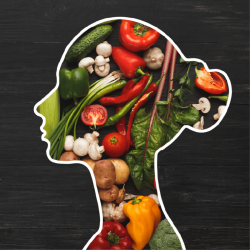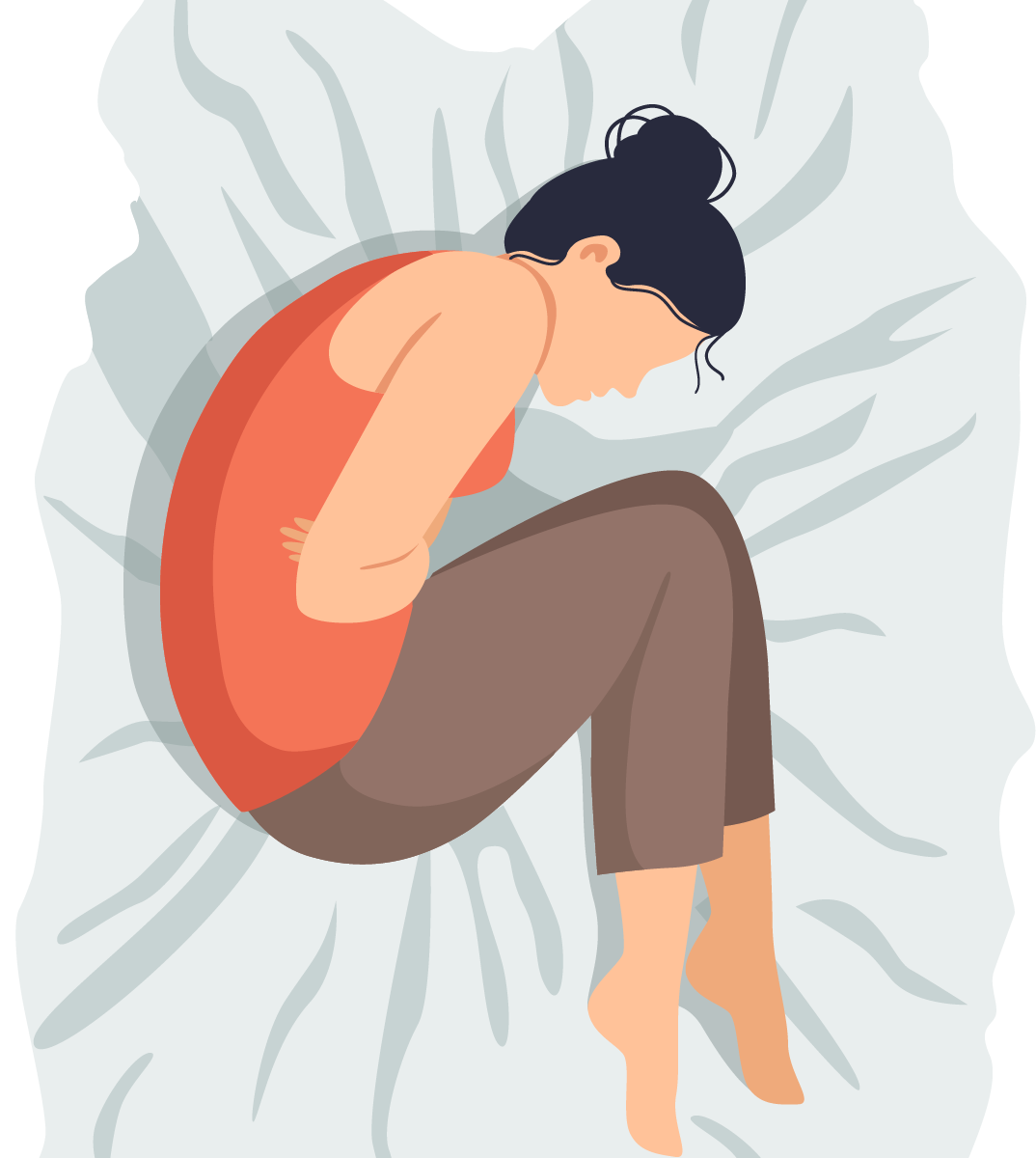Understanding Endometriosis: Symptoms, Causes, and Treatment options

Endometriosis is a painful condition that affects up to 10% of women. It occurs when the cells from the lining of the uterus grow outside of the uterus, leading to a host of symptoms
Although Endometriosis has been known for over a century, doctors do not know exactly what causes it. However, there are a few theories of what might be the cause.
Causes Of Endometriosis

During the normal menstrual cycle, the endometrium grows in preparation for a possible pregnancy. If the egg is not fertilized, the uterine lining proceeds to “die,” to be sloughed off, and to pass through the vagina during the menses.
Growths of endometrial tissue outside of the uterine cavity occur most often in or on the ovaries, the fallopian tubes, the urinary bladder, the bowel, the pelvic floor, and/or the peritoneum. The most common site of endometriosis is believed to be the deep pelvic peritoneal cavity, or the cul-de-sac. The presence of endometrial implants outside the pelvic area is uncommon.
One of the most common symptoms of endometriosis is severe pain in the lower abdomen, lower back, and organs in the pelvic cavity, especially before and during menstruation.
Hormonal Changes Lead to Painful Implants and Scar Tissue
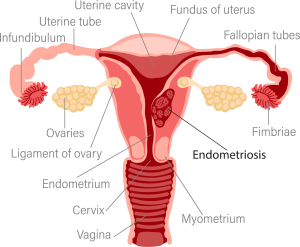 One of the reasons why endometriosis can be so painful is because the abnormal implants of endometrial tissue respond to the hormonal changes controlling menstruation. Just like the lining of the uterus does, the difference being endometrial tissue has no way to leave the body.
One of the reasons why endometriosis can be so painful is because the abnormal implants of endometrial tissue respond to the hormonal changes controlling menstruation. Just like the lining of the uterus does, the difference being endometrial tissue has no way to leave the body.
Each month, the tissue builds up and breaks down, and must be absorbed by surrounding tissue. This is a slow process, and can cause blood to accumulate in body cavities and lead to pain.
Over time, the implants may get bigger, seed new implants, and form localized scar tissue and adhesions. This can contribute to the pain of endometriosis and cause extreme pain during pregnancy. Sometimes, a collection of blood called a sac or cyst can form, which can be very painful if it ruptures.
While endometriosis depends on hormonal cycles, pregnancy can temporarily interrupt those cycles and improve symptoms. However, in some cases, once the hormonal cycles return to normal, the symptoms of endometriosis can recur.
If you are experiencing pain or discomfort during your menstrual cycle, it is important to talk to your healthcare provider. They can help determine if you have endometriosis and provide treatment options to help manage your symptoms.
Symptoms
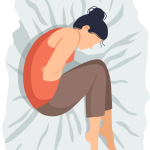
Abdominal pain
One of the most common symptoms associated with endometriosis is pain, particularly painful menstrual cramps which may extend to the abdomen and lower back.

Heavy or Irregular Periods
Heavy periods are characterized by an excessive amount of bleeding during a menstrual cycle. This can be a sign of endometriosis as the tissue that grows abnormally outside of the uterus also bleeds during a menstrual cycle. Irregular periods, on the other hand, can be a sign of hormonal imbalances caused by endometriosis.

Spotting & Bleeding
A common symptom of endometriosis is spotting or bleeding between menstrual cycles is caused by inflammation and irritation, which can affect the lining of the uterus and cause it to shed outside of the normal menstrual cycle.

Endo Belly
Heavy periods are characterized by an excessive amount of bleeding during a menstrual cycle. This can be a sign of endometriosis as the tissue that grows abnormally outside of the uterus also bleeds during a menstrual cycle. Irregular periods, on the other hand, can be a sign of hormonal imbalances caused by endometriosis.
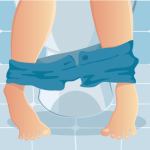
Constipation & Diahrea
Diarrhea or constipation during periods, which can be caused by the abnormal growth of the endometrial tissue on the bowel. This can cause inflammation, leading to cramps. The pain can be sharp and sudden, making it uncomfortable to pass urine or stools.
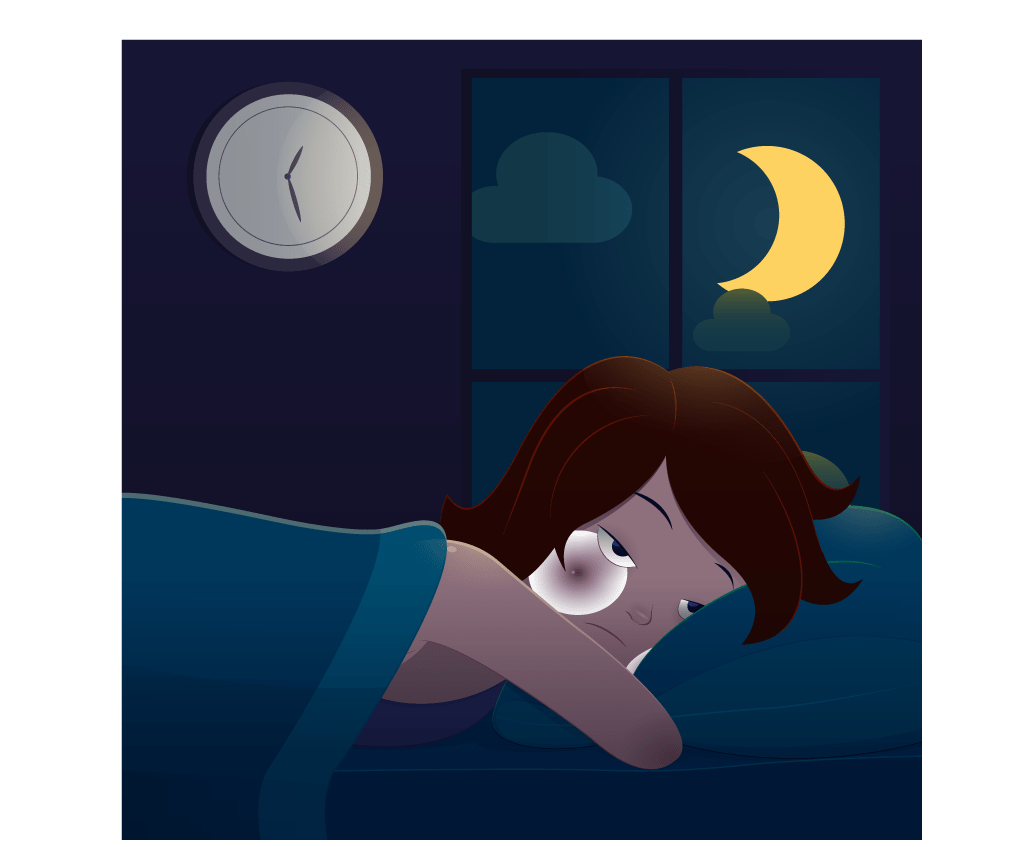
Fatigue & Low Energy
One of the lesser-known symptoms that often gets overlooked is fatigue. The main cause of endometriosis-related fatigue is the body’s effort to eliminate diseased tissue. Cytokines, also known as inflammatory toxins, are secreted by the tissue as the immune system attempts to combat endometriosis. These chemicals cause internal havoc, resulting in the persistent and overwhelming fatigue that women with endometriosis feel. This is not just your everyday tiredness—it’s a debilitating exhaustion that can interfere with your quality of life, relationships, career, and more, leaving you feeling frustrated and helpless.
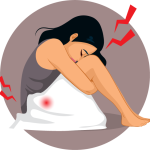
Painful Intercourse
The cul-de-sac, also known as the Pouch of Douglas, is the area behind the uterus and is lined by the peritoneum. The pain is deep and intense, coming from the inflammation and fibrosis of the front wall of the rectum to the back wall of the vagina. This can make sex uncomfortable in certain positions, depending on the severity and location of the endometriosis.
Endometriosis and Infertility
Infertility is one of the major complications endometriosis can lead to. According to the American Society for Reproductive Medicine, up to 50% of women struggling with infertility have endometriosis. 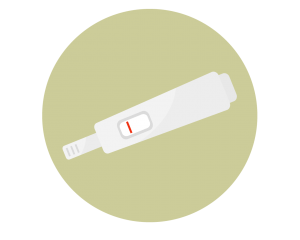
Endometriosis can affect fertility in a number of ways. The scar tissue caused by the condition may impact the release of eggs from the ovaries or block the fallopian tubes. Moreover, endometriosis can cause damage to the sperm or fertilized eggs before implantation in the uterus.
However, there is hope for women suffering from endometriosis-related infertility. Mild to moderate cases may cause temporary infertility, but surgery to remove the endometrial tissue can increase the chances of getting pregnant.
Unraveling the Theories and Advancements in Treatment
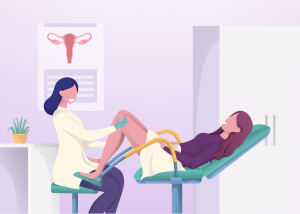
One of the most popular theories, The reflux menstruation theory was developed nearly a century ago by John Sampson, M.D., and it has been the source of much debate in the medical world ever since. The theory suggests that during menstruation, menstrual fluid is pushed backward into the fallopian tubes instead of being expelled from the body. This fluid then drops into the peritoneal cavity, where it implants itself and grows into endometrial cells.
While this theory seems like a possible explanation for the cause of endometriosis, there is still no definitive proof that supports it. Another theory suggests that endometriosis is caused by the spreading of endometrial cells through blood and lymphatic channels, while yet another posits that it is a congenital condition.
Dr. David Redwine, from St. Charles Medical Center in Bend, Oregon, proposes that endometriosis is caused by misplaced endometrial cells during fetal development. These cells differentiate and migrate to the appropriate locations to become part of the female reproductive system. However, if the mechanisms controlling this process fail, some cells may be “left behind” in places they do not belong, where they can grow and become embedded in tissue. Over time, these implants may turn color and become darker until they resemble classic endometriosis lesions.
According to Dr. Redwine, endometriosis growths are always present, but they are not usually recognized until they reach a darker color. This theory further supports the idea that endometriosis may be a lifelong condition that is present from birth.
For years, treatment options have been limited, with many women reporting recurring symptoms following surgery.

Dr. Redwine, however, developed a treatment that has shown great success in providing relief to sufferers of endometriosis. By using a laparoscope to examine the pelvic cavity and peritoneal surface closely, Dr. Redwine identifies and removes all suspected endometrial growths. Each lesion is biopsied and analyzed in a laboratory to determine whether it is endometrial in origin.
This identification method has allowed him to demonstrate that lesions other than the black “powder-burn” lesions are often endometrial in origin. By removing all potential lesions, including atypical ones, Dr. Redwine has been able to achieve complete symptom relief for approximately 75% of his patients. With more gynecological surgeons adopting this approach, there is renewed hope for women suffering from this painful condition.
The truth is that the cause of endometriosis is still largely unknown. However, what is clear is that the condition can cause significant pain and discomfort for those who suffer from it. Further research and exploration into the various theories may eventually lead to a better understanding of the condition and new treatments for those affected.
Women who suffer from endometriosis must seek medical help early and follow a healthy diet and lifestyle to help keep the disease under control. With proper care, endometriosis is treatable, and most patients experience complete relief of symptoms or significant improvement.
Needed to support uterine processes in the body
Endometriosis is a condition that affects a significant number of women around the world. One of the most challenging aspects of endometriosis is that each person’s experience can differ greatly. While some women may have symptoms that are severe, others may not have any symptoms at all.
If you suspect that you may have endometriosis, it’s essential to speak with your healthcare provider. They can help evaluate your symptoms and provide a proper diagnosis. From there, you can work together to develop a treatment plan to manage your symptoms and improve your overall quality of life.
Despite the challenges that come with endometriosis, know that you’re not alone. By seeking proper diagnosis and treatment, you can take steps towards managing your symptoms and living a full and active life.
* Your health is important. Consult with your doctor to address any health concerns you may have.

